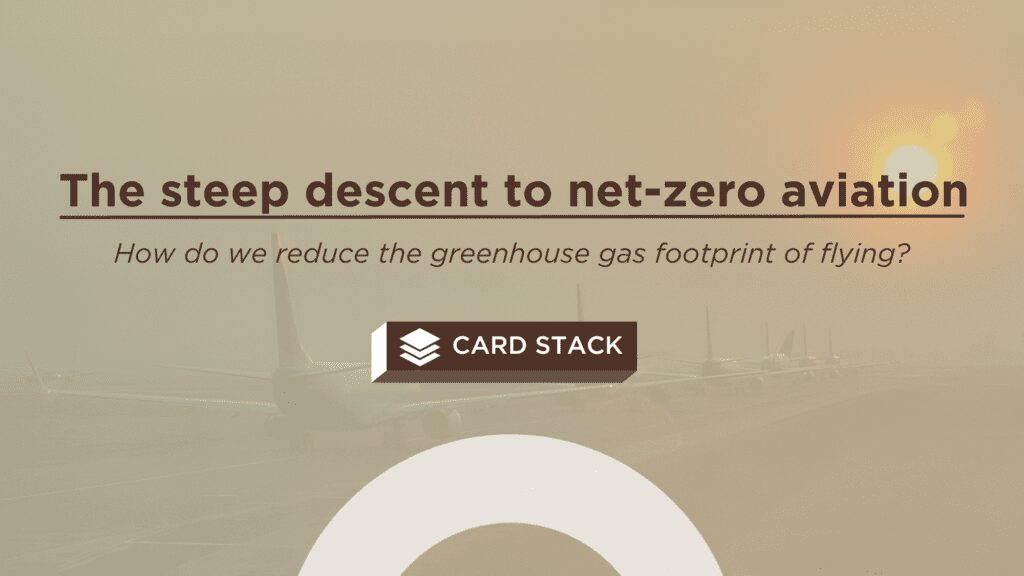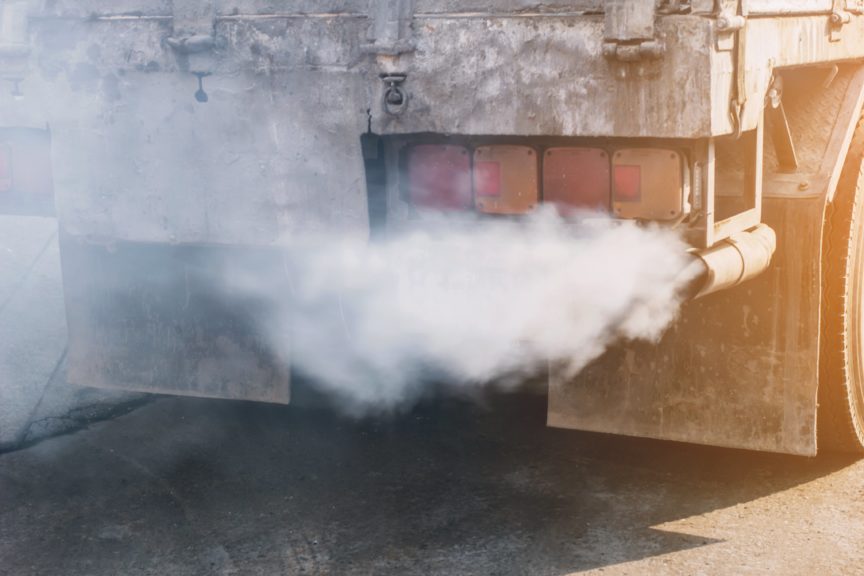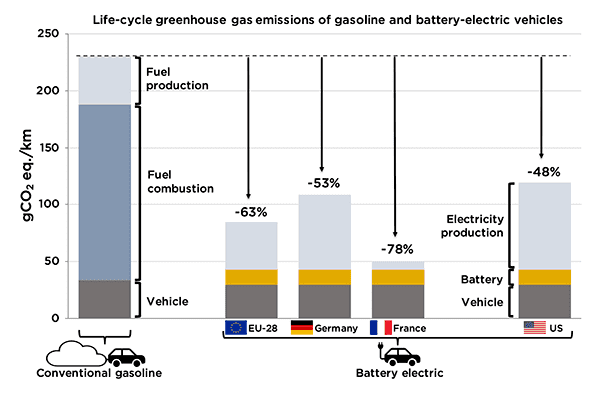Filters
The steep descent to net-zero aviation
How do we reduce the greenhouse gas footprint of aviation?
Vehicle NOx emissions: The basics
Among the air pollutants gasoline and diesel engines emit are oxides of nitrogen—NO and NO2, generically abbreviated as NOx. Nitrogen oxides have harmful direct effects on human health, and indirect effects through the damage they do to agricultural crops and ecosystems. Vehicle NOx emissions have been regulated since the 1960s. In 2015 Volkswagen was found […]
US passenger vehicle CAFE and GHG regulations: The basics
US federal passenger vehicle efficiency standards are set through two regulations, issued by the National Highway Traffic Safety Administration and the Environmental Protection Agency. In addition, regulations by the Californias Air Resources Board affect about a third of the U.S. fleet, and they have typically preceded federal action. These policies are in the political spotlight […]
Five things you know about electric vehicles that aren’t exactly true
Decarbonizing the transportation sector is one key to keeping global warming below 1.5˚C. And electric vehicles are the single most important technology to decarbonizing the transportation sector—EVs of all kinds, but especially light-duty vehicles, meaning primarily passenger vehicles. To put the world on that track, we estimate that sales of passenger car EVs need to […]
A stepwise guide to heavy-duty vehicle efficiency standards
Heavy trucks and buses—”heavy” meaning a gross vehicle weight more than 3,500 kilograms—account for about 40% of the energy consumption of the global on-road vehicle fleet. In and of itself that makes these vehicles a good target for energy efficiency regulation. Fuel consumption/fuel economy standards and greenhouse gas (GHG) emission limits for new heavy-duty vehicles […]





